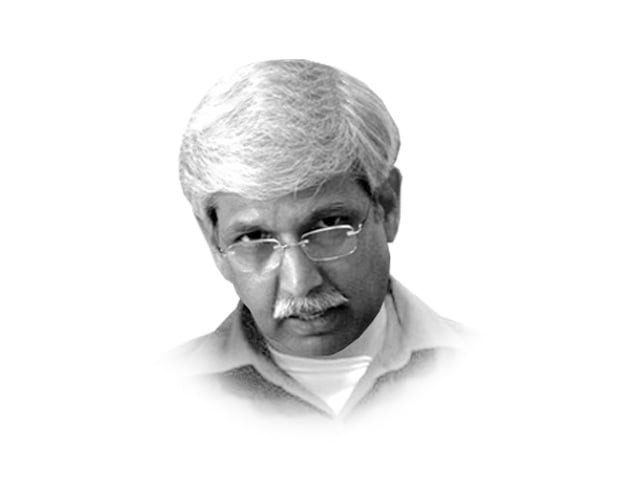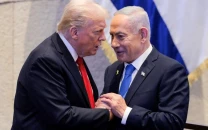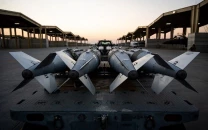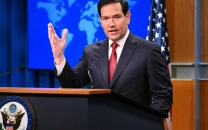The India-Pakistan cul-de-sac
Manmohan Singh’s use of the phrase ‘terror machine’ to describe Pakistan is interesting, if laden.

This would be a fair comment if Pakistan alone was the origin of the concept of using irregular forces to mount an insurgency. But both Pakistan and the US are to blame — at least for the edition of terrorism that they are now fighting — and India retains the unique distinction of initiating terror in South Asia as a policy via the LTTE in Sri Lanka.
Irregular components have always been part of Pakistan’s military capacity to make up for the inadequate numbers when staring up India’s military superiority — in 1948 the Quaid ordered the then Colonel Akbar Khan to lead tribal lashkars into the first Kashmir war. This option has remained as a thought in reserve in the strategic calculus, allegedly finding expression in the 1989 uprising in Kashmir.
India is unwilling to agree to any qualifying rubric. Although she has bigger insurgencies to handle against the Maoists and the Naxalites, India harbours one refrain — Pakistan’s use of terror against India. Pakistan hasn’t obliged with a more affirmative response to India’s continuous harp, since India will not engage with Pakistan on a range of issues. Judicial processes in both countries are based on the same law and can always act as a convenient ruse for hedging a process. Hence, the blind alley and the cul-de-sac from where the only recovery is for both to retrace their steps.
Will that happen? Unlikely. India’s relationship with the US is just about blossoming. More likely, India’s impressive growth numbers will sustain, buoyed by increasing capital inflows and trading options. With her economy having achieved critical mass there is no stopping an ascendant India. Pakistan is likely to remain mired in her own set of challenges emerging out of a tenuous economy and a fractious society driven by competing ethno-religious divisions. Pakistan’s struggle will be a long haul; with luck, doable perhaps in about 10 years. That reflects the depth to which the malaise of extremist militancy has sunk in societal foundations. That is likely to leave little time to spend on external affairs, unless these happen to further Pakistan’s own goal of finding stability. For both India and Pakistan, the next 10 years are likely to be of a sardonic status quo and estranged co-existence.
This may be the worst thing to happen to afflict the prospects of a promising 21st century. Even in estranged co-existence, attitudes will only entrench; the alignments will more likely reinforce, India with the US and Pakistan with China and a brief interlude to the global quest for economic predominance will slide back into a search for geo-political balance of power. It shall be the 1950s once again.
Can India resist the temptation of being lured into serving American interests? Again, unlikely. India’s own equation with China is likely to become more competitive as both grow at phenomenal rates and India converts her economic prowess into military strength around American arms. China may like to play a more prudent and balanced role in Asia but might just get pushed into seeking her own geographical extent of influence.
Prognosis: we are in for a long stand-off externally, and a handful at home. Brace up.
Published in The Express Tribune, November 27th, 2010.



















COMMENTS
Comments are moderated and generally will be posted if they are on-topic and not abusive.
For more information, please see our Comments FAQ